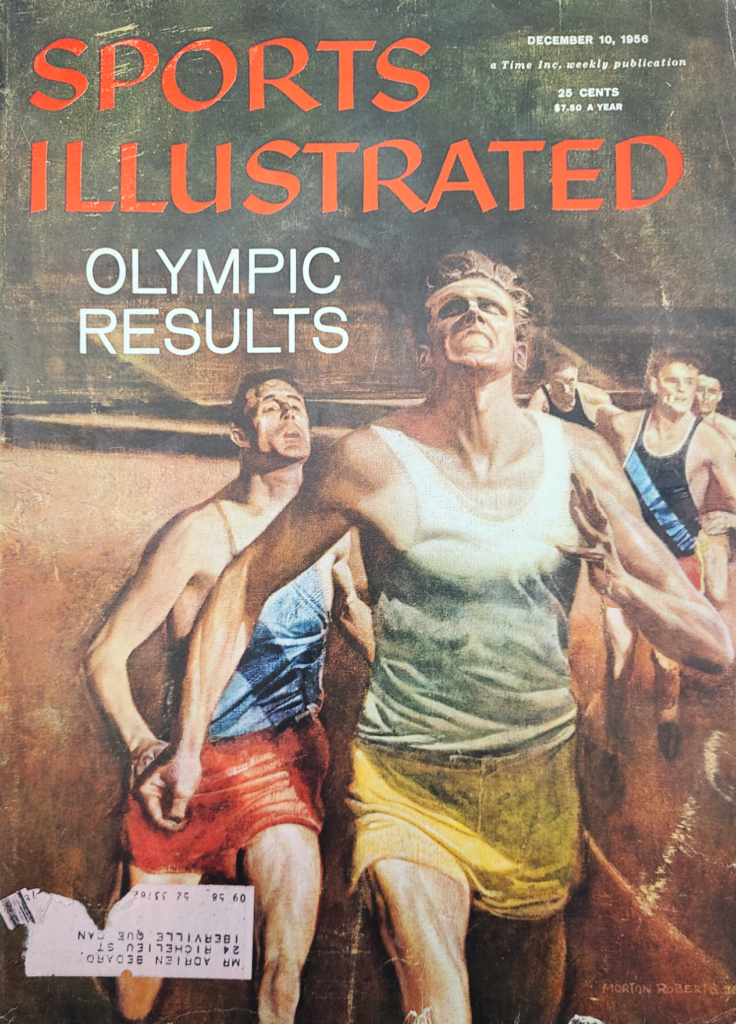We have recently acquired a collection of Sports Illustrated that extends from 1954 up to the 1990’s. There are hundreds of awesome magazines in this collection and this week we are taking a quick look at the December 10, 1956 issue.
This issue features coverage of the ongoing Melbourne Olympics, Floyd Patterson vs. Archie Moore, Swaps accomplishments to become Horse of the Year and much more. We are just going to touch on a few of the main events, but you can find this issue and several more in our shop at PFTPAntiques.
1956 Melbourne Olympics
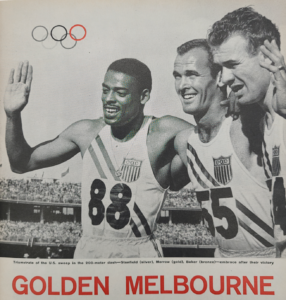 The cover of this issue is an artistic depiction of runners at the 1956 Melbourne Summer Olympics. At the release of this issue, the Melbourne Olympics were only a little over halfway complete, but Russian distance runner Vladimir Kuts and American sprinter Bobby Morrow were highlights of the games at this point.
The cover of this issue is an artistic depiction of runners at the 1956 Melbourne Summer Olympics. At the release of this issue, the Melbourne Olympics were only a little over halfway complete, but Russian distance runner Vladimir Kuts and American sprinter Bobby Morrow were highlights of the games at this point.
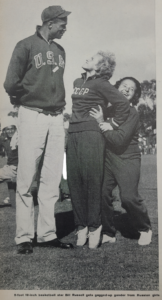
The US Basketball team was one of the most dominant in Olympic history. They had more than double the number of points scored by their opponents and they won each game by at least 30 points.
Australian enthusiasm for all sports made the 1956 Summer Olympics an enormous success. Tickets for swimming events that had an initial purchase price of $1.50 were being re-sold for as much as $15. Many sporting events were bringing capacity crowds. This included sports like Baseball where the spectators didn’t quite understand the rules of the game. The Sports Illustrated article cites instances of crowds of 80,000 people cheering for foul balls and staying until the very end.
New Boxing Heavyweight Champion
In 1956 Floyd Patterson was a young 21-year-old underdog about to face the experience of 39-year-old Archie Moore. Patterson had worked his way up with 32 professional fights but was still seen as young and lacking the necessary experience to challenge a seasoned pro like Moore.
This belief was reinforced when Patterson fought Hurricane Jackson and only won by split decision. However, Patterson’s win over Hurricane Jackson was impressive when considering that he entered the fight with a broken hand. Patterson didn’t want to miss the opportunity, so he hid the injury and fought Hurricane Jackson anyway. That undewhelming performance contributed to the underdog status assigned to Patterson.
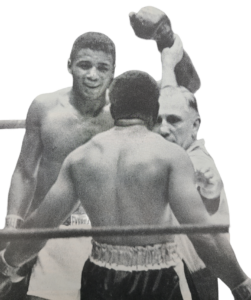 The fight took place on November 11, 1956 in front of 16,248 fans at the Chicago Stadium. Each fighter stood to earn $114,257.00 or the equivalent of about $1.3 million in 2024. The heavyweight title and associated benefits were on the line.
The fight took place on November 11, 1956 in front of 16,248 fans at the Chicago Stadium. Each fighter stood to earn $114,257.00 or the equivalent of about $1.3 million in 2024. The heavyweight title and associated benefits were on the line.
Ultimately, Patterson protected himself well from Moore’s power and dominated the fight. He knocked Moore down twice in the 5th round and became the youngest heavyweight champion up to that point. Patterson went on to finish his career with a record of 55-8-1 and held the heavyweight title twice in his career.
Horse of the Year
The subject of horse racing is a little foreign to me, although I do vaguely remember grandma bringing me to the track as a child. The horses I more frequently spent time around lived a life of leisure on a ranch dominated by ATV use.
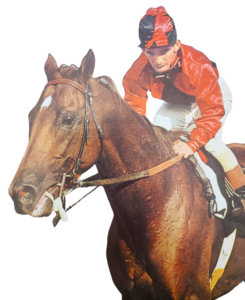 The article on Swaps in this December 10, 1956 Sports Illustrated magazine, paints a picture of the horse racing world in the 1950’s. One of the key challenges of the time seemed to be geographical barriers that prevented top horses from competing with each other. When they could bring top horses together, like the 1955 race between Nashua and Swaps, they drew large crowds that went far beyond the regular racing fan.
The article on Swaps in this December 10, 1956 Sports Illustrated magazine, paints a picture of the horse racing world in the 1950’s. One of the key challenges of the time seemed to be geographical barriers that prevented top horses from competing with each other. When they could bring top horses together, like the 1955 race between Nashua and Swaps, they drew large crowds that went far beyond the regular racing fan.
According to the National Museum of Racing and Hall of Fame, Swaps was so fast that he set a world record for a mile, a world record for a mile and 70 yards, a world record for 1 1/16 miles (and broke that one), equaled an American record for 1 3/16 miles on turf, set a world record for 1 5/8 miles, and raced to three other track records – 10 in all – yet owner/breeder Rex Ellsworth said he never fully turned Swaps loose to see how fast he could run.
Swaps three-year career ended due to injury in 1956, but he went out with a bang as Horse of the Year. In 25 career starts, Swaps finished first 19 times, 2nd twice, 3rd twice, and unplaced twice earning $848,900. In 1966 he was inducted to the National Museum of Racing and Hall of Fame.
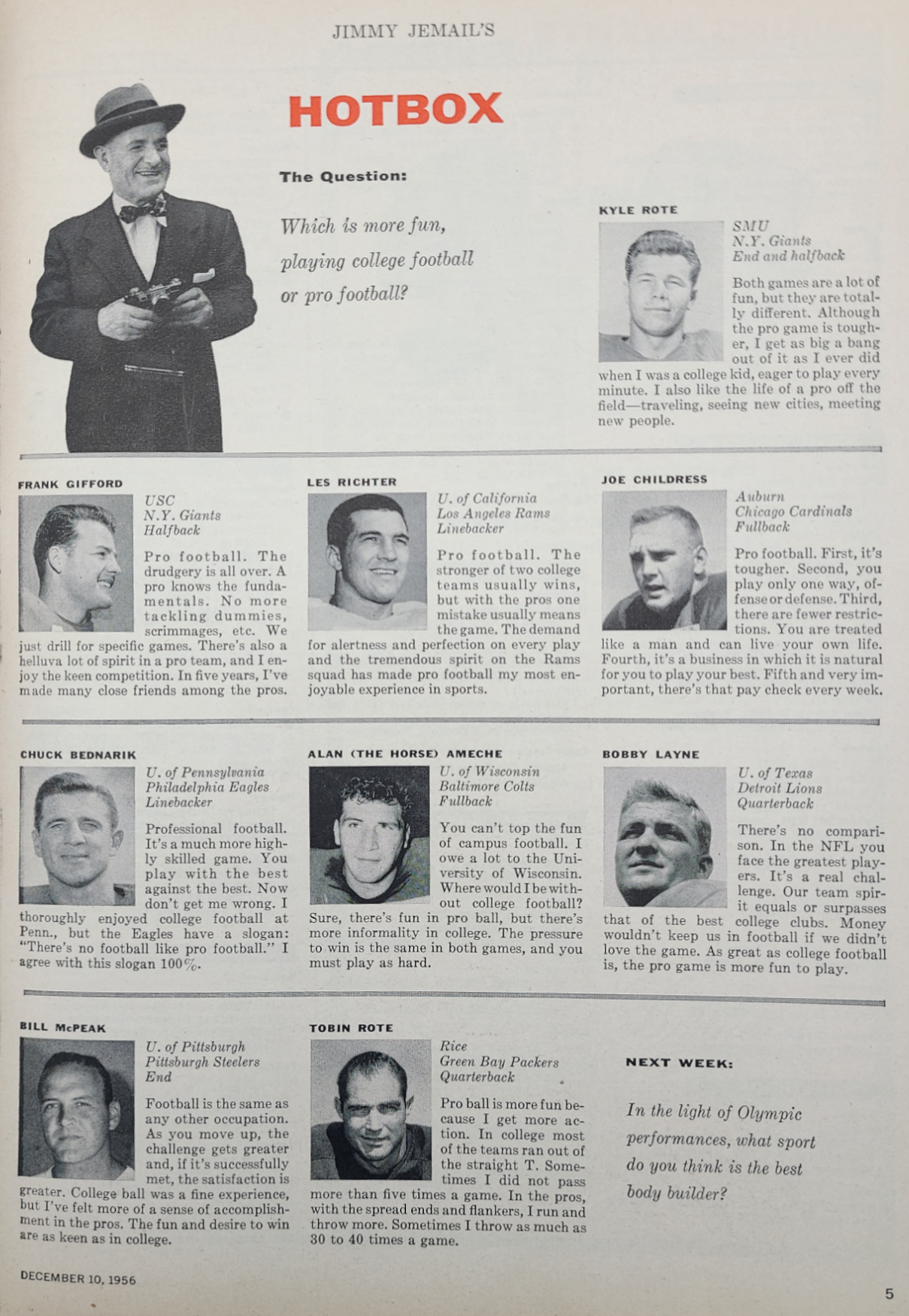
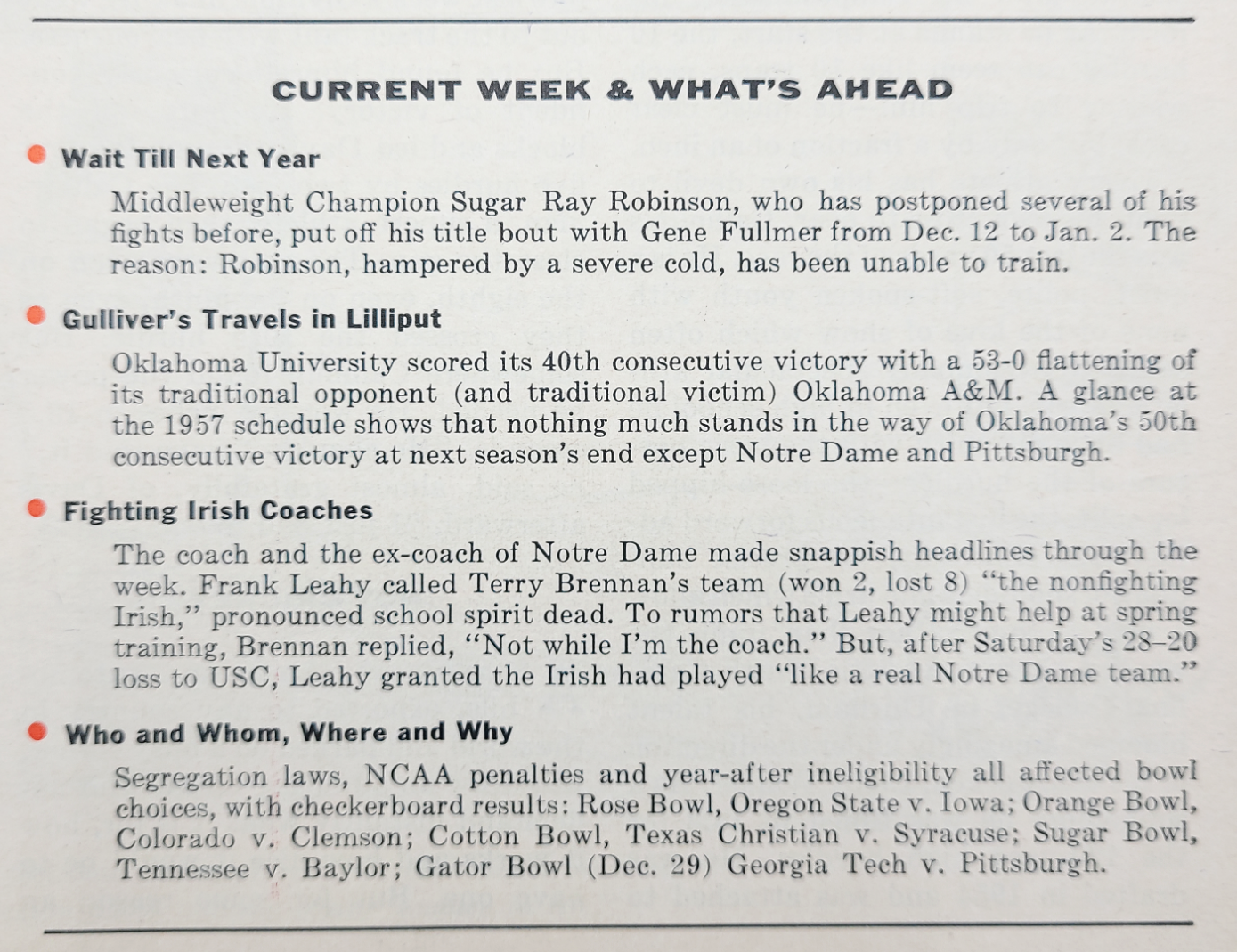
As always, we would be happy to hear from any readers who have stories related to our content. The Melbourne Olympics were a long time ago, but stories are always passed down by family members and friends.
If you want to buy this issue or check out some of our other products, you can visit our shop PFTPAntiques. Don’t forget to follow us on Pinterest or X to get notifications of new listings, posts and sales.
